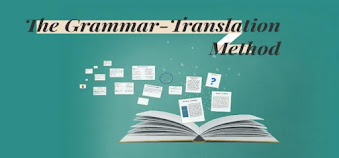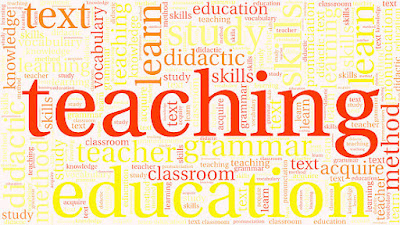Hello, hello, hello! Welcome back to my blog👋👀
Total Physical Response (TPR) is a method of
teaching language or vocabulary concepts by using physical movement to react to
verbal input. Its purpose is to create a brain link between speech and action to
boost language and vocabulary learning.
Based on the teaching of its creator, James Asher, the more often a memory connection is traced, the stronger the memory association and the more likely it will be remembered. Its characteristics are:
- Students can initially learn one part of the language rapidly by moving their bodies.
- Meaning in the target language can often be conveyed through actions.
- The student’s understanding of the target language should be developed before speaking.
- The imperative is a powerful linguistic device through which the teacher can direct student behavior.
SWOT
S – It is a
good tool for learning vocabulary,
W – It is
limited since everything cannot be explained with this method. It must be
combined with other approaches; Also, it can be a challenge for shy students.
O – Review
and practice words with students multiple times to ensure learning.
T – If this method is widely used, it can cause displeasure in students.
Activity:
With this
method we were first asked what signals we do with our body and that have a
meaning that we all know, Then, we thought of children's songs that most of
them have a dance and you have to follow instructions.
We did this
exercise of making a small group and we sang the song "If You're Happy and
You Know It" and we added new commands and it was fun.









